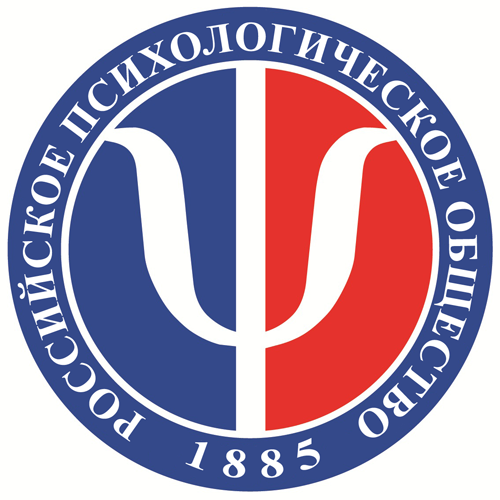Background. The foundation of any preschool educational practice is built upon implicitly embedded assumptions about a child’s psychological characteristics and developmental pathways. This may constitute not a systematic but rather an eclectic set of beliefs with poorly understood foundations; however, for effective practice, education must be grounded in a holistic system of psychological views based on a sound psychological conception. Furthermore, the conception itself, as it evolves, requires continuous reflection on its key tenets, including through the process of their interpretation in various practical implementations. The transfer of a scientific theory into a different cultural and linguistic space is of particular interest for its development. Yet, understanding the specifics of such a transfer necessitates dedicated research methodologies.
Objectives. This paper presents the authors’ original model for analyzing the representation of ideas from Lev Vygotsky’s Cultural-Historical Activity Theory (CHAT) in scientific discourse and educational practice. The aim of developing this model is to enrich the understanding of CHAT ideas within national preschool education systems by examining how they exist within the context of both the target and the original scientific traditions and educational systems.
Sample. Hong Kong, representing a unique blend of cultural traditions, was selected as the testing ground for the model. Based on developed criteria, a sample of 50 open-access scientific, regulatory, and methodological texts in English by Hong Kong authors was selected.
Methods. The study was conducted through a textual analysis of these documents according to the authors’ model, which implies analyzing the presence of references to the founder of CHAT and his followers, the use of the theory’s key concepts, and the context of their application — whether for scientific discussion or practical development.
Results. The testing of the model demonstrated its applicability for analyzing the representation of CHAT ideas in the scientific discourse and educational practice of Hong Kong. The model allows for tracing the trajectory of Vygotsky’s influence on scientific discourse and educational practice, as well as the connection between scientific discourse and practical application.
Conclusions. The model can be applied to advance preschool education in various countries.

